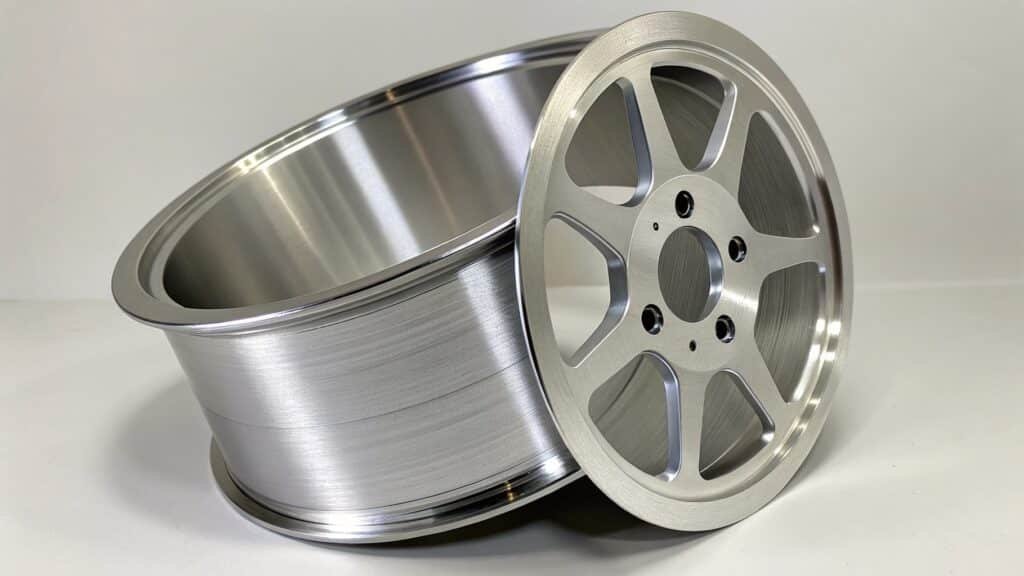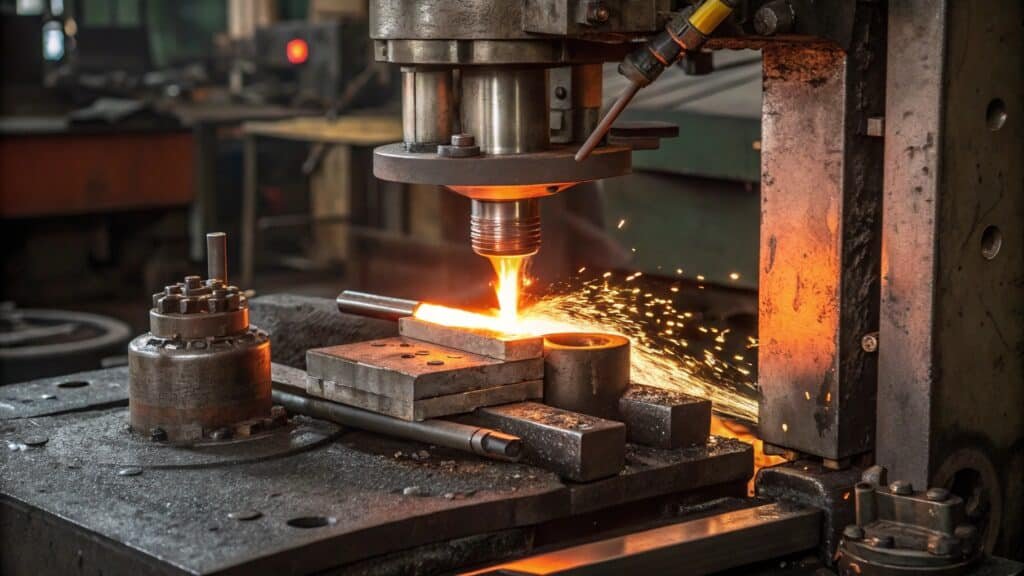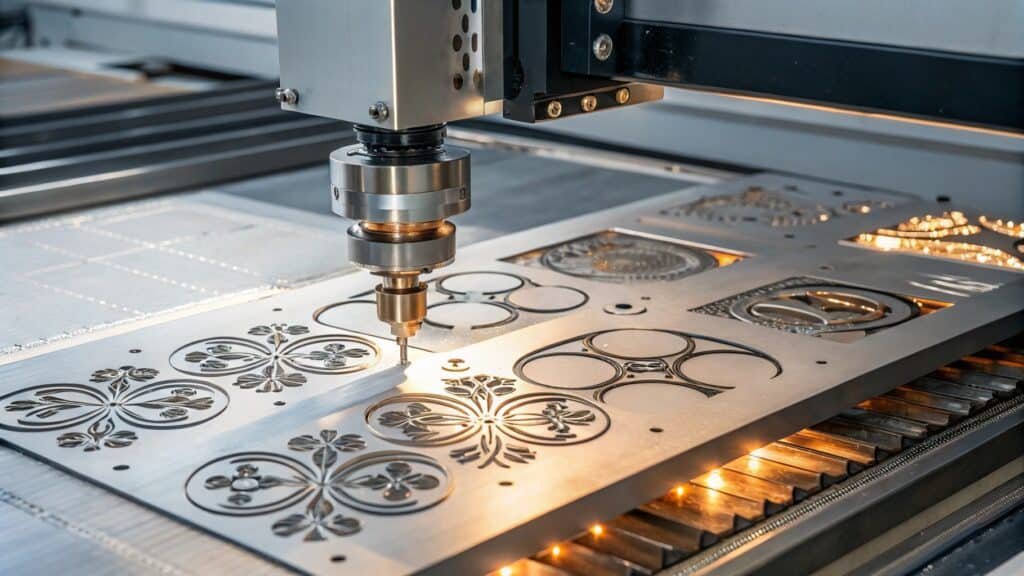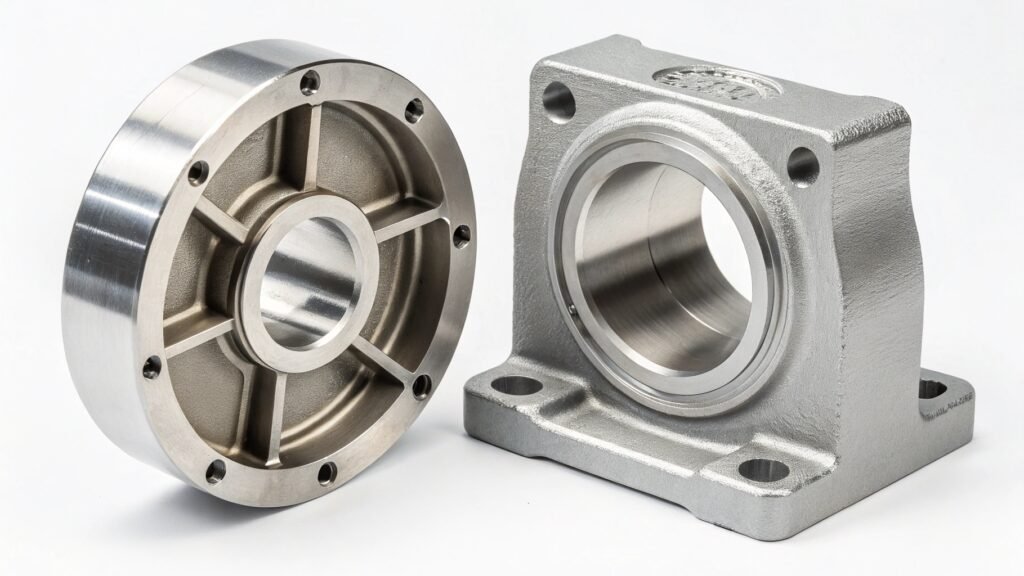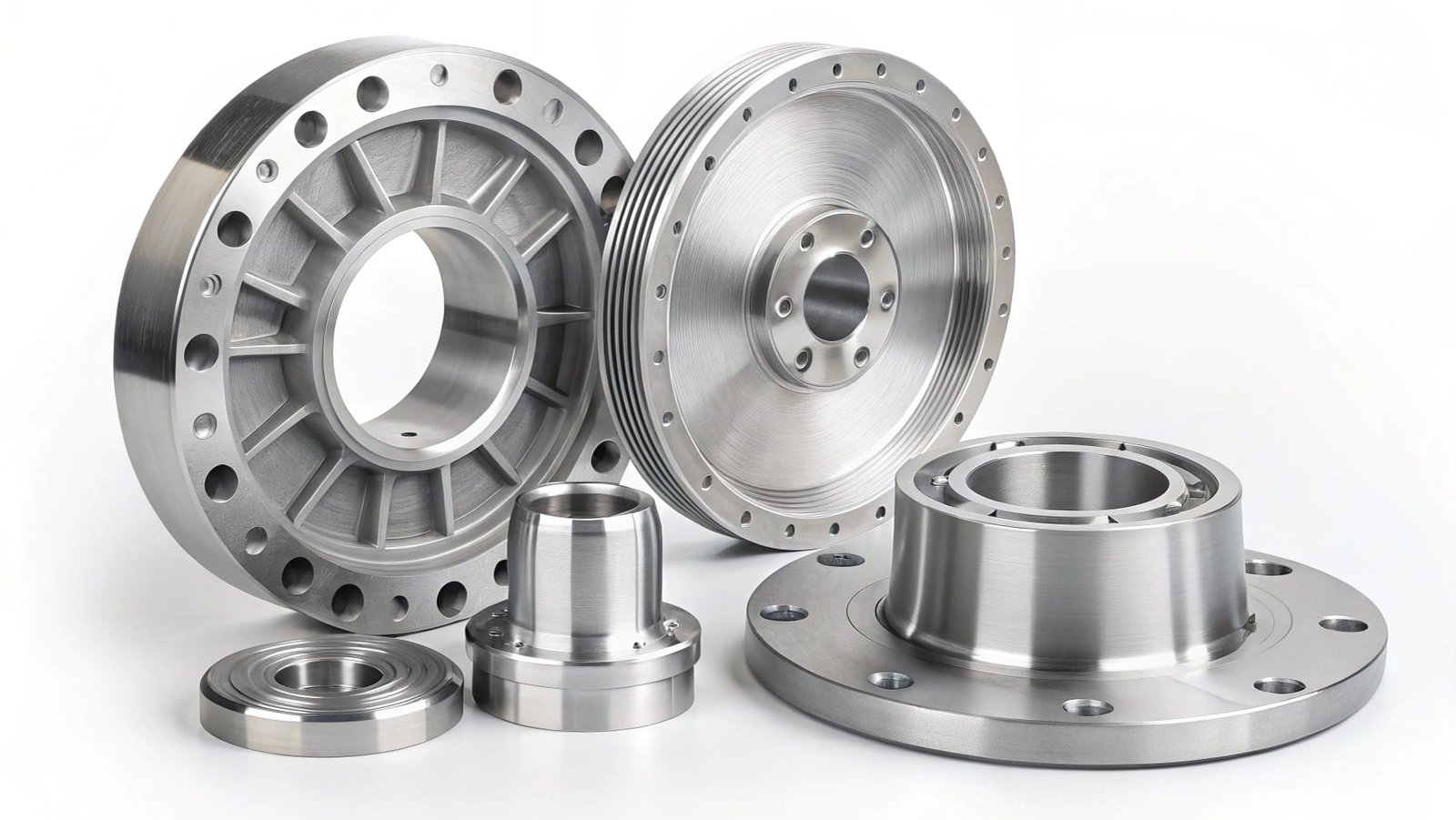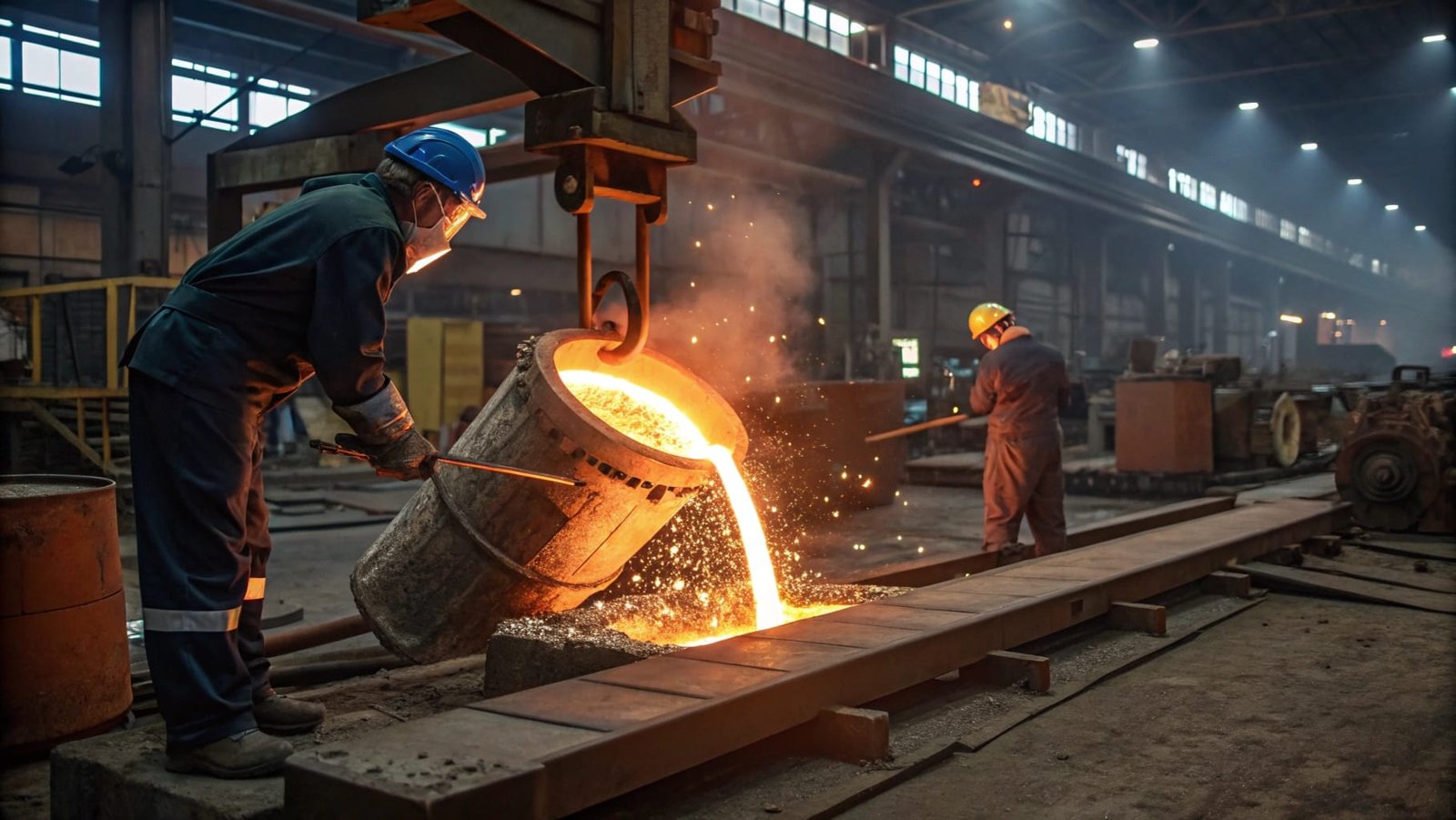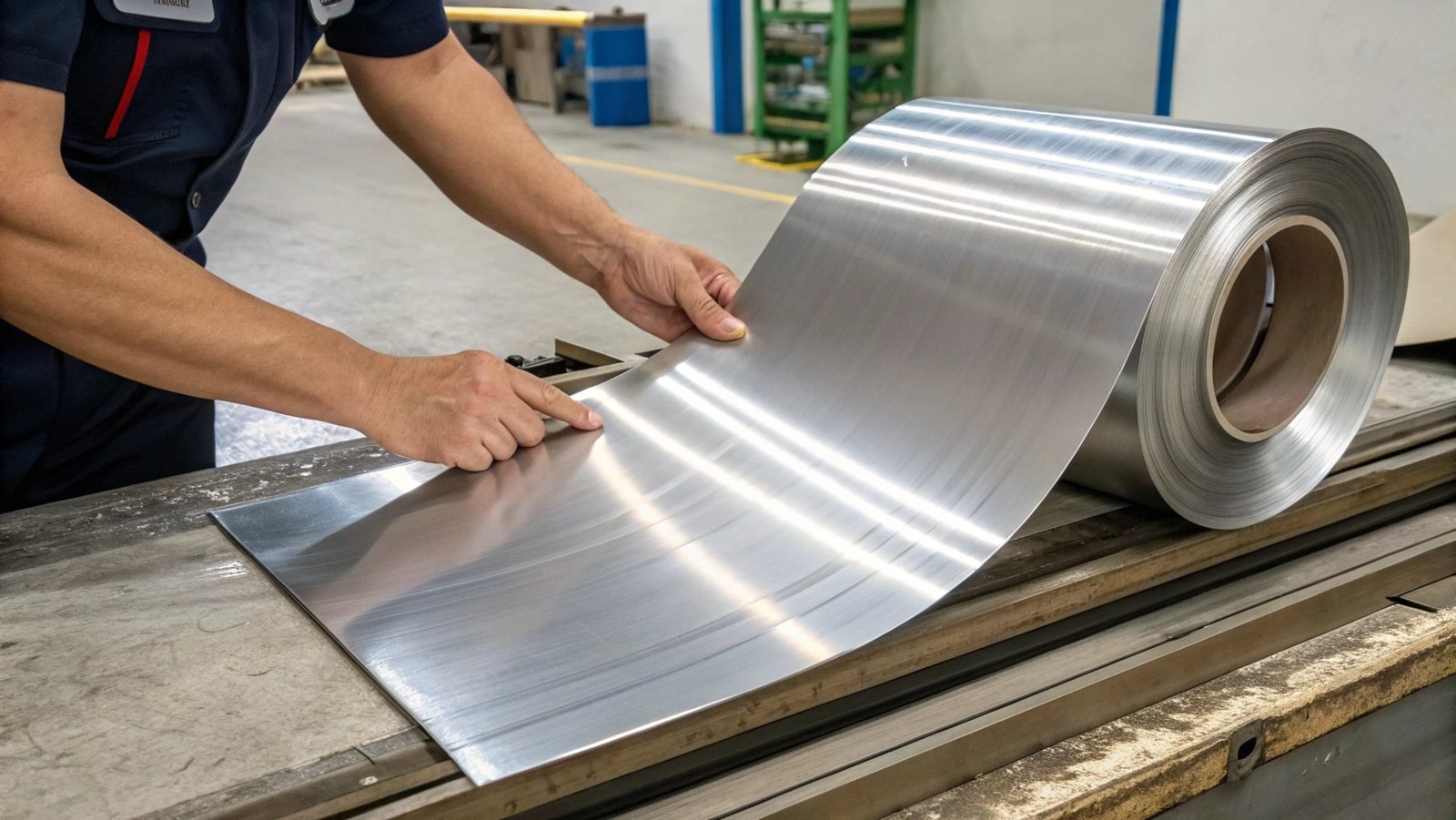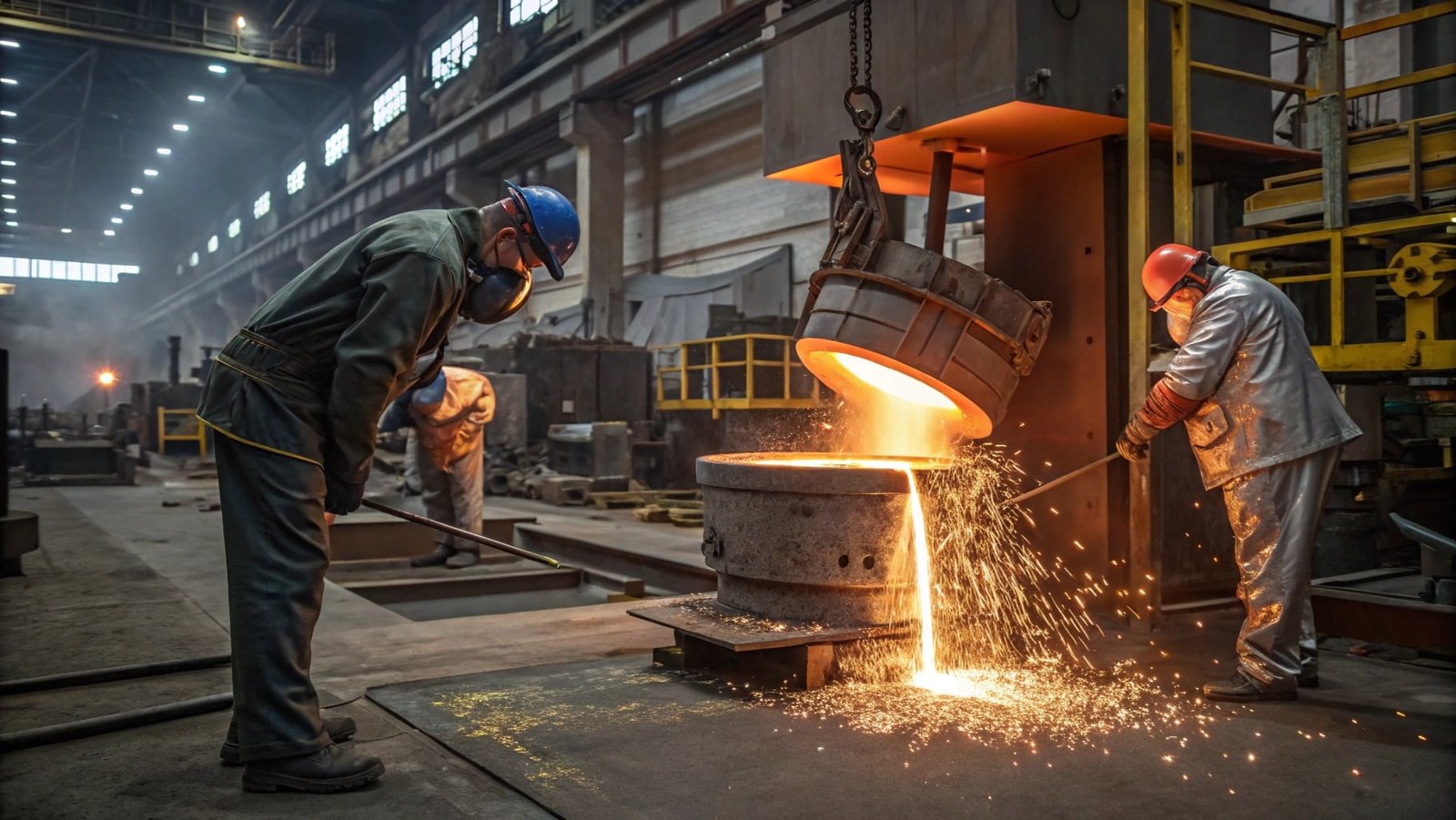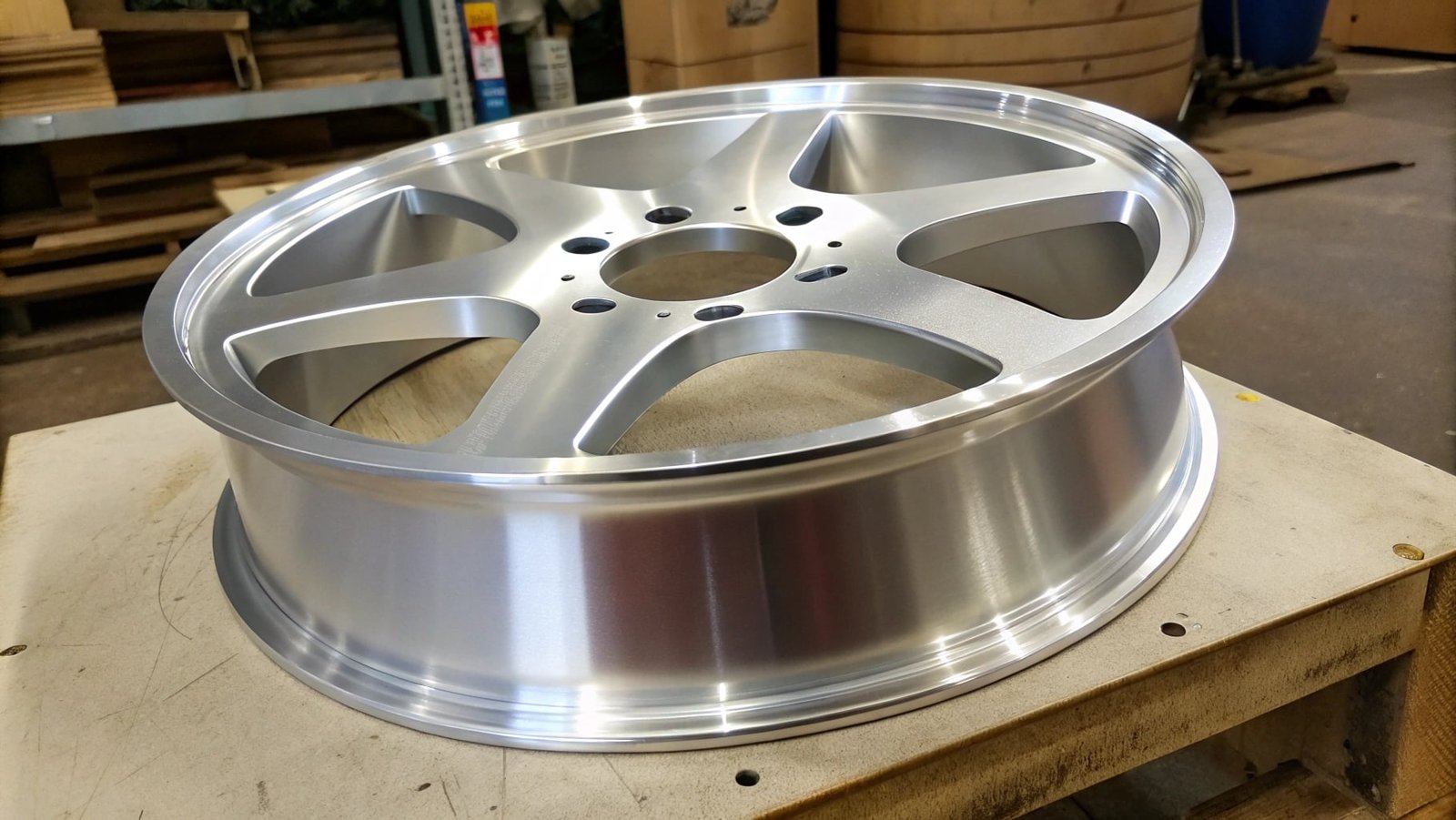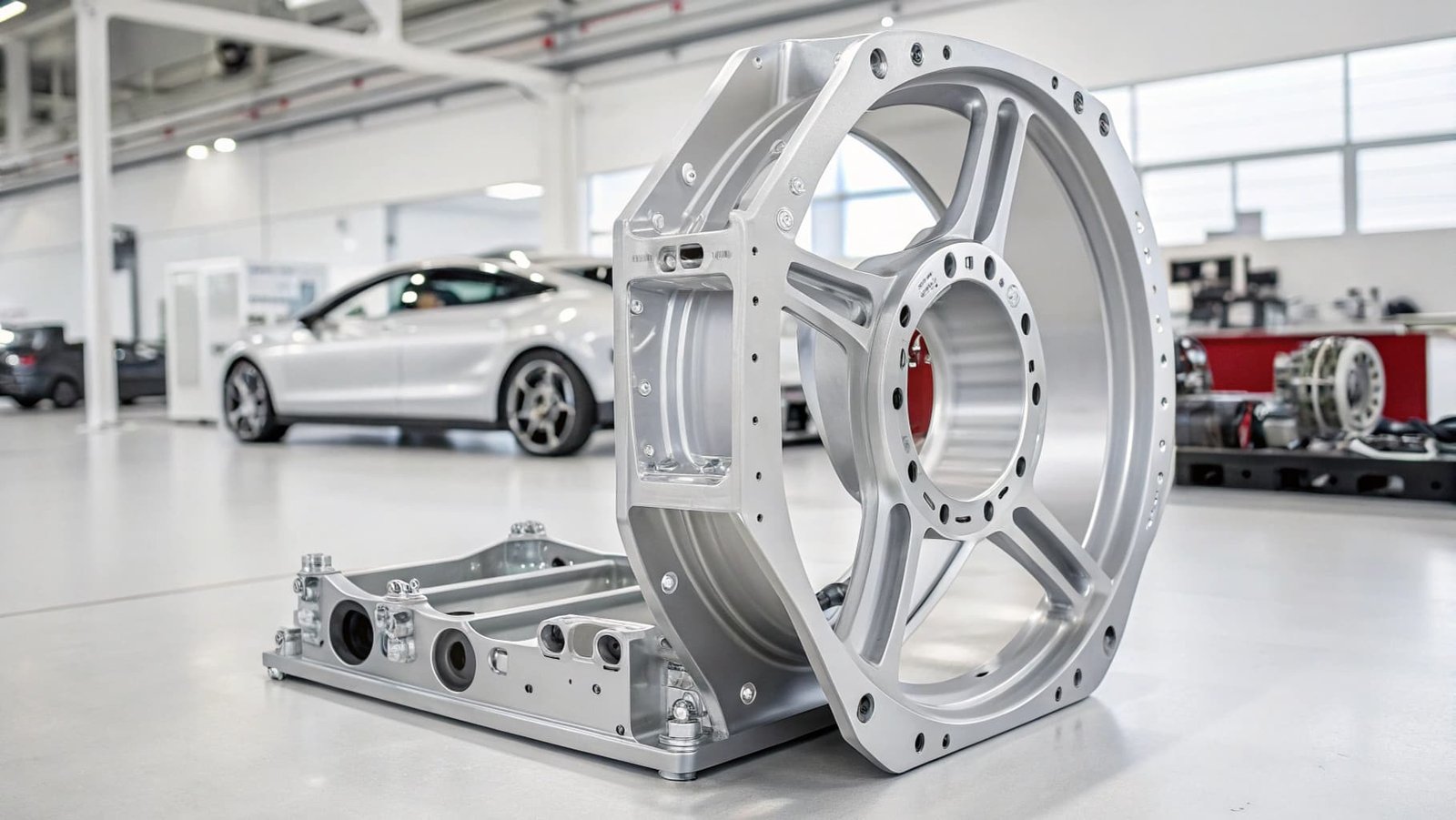Are you considering aluminum forgings1 for your next project and want to weigh the pros and cons? Understanding these factors is crucial for making an informed decision.
Aluminum forgings offer a unique blend of strength, lightness, and durability, but like any manufacturing process, they come with their own set of advantages and disadvantages.
Let's delve into what makes aluminum forgings a great choice and where they might not be the best fit.
What are the advantages and disadvantages of metal?
Wondering about the general pros and cons of using metal in manufacturing? Understanding these broad points provides context for specific materials like aluminum.
Metals generally offer high strength, durability, and conductivity, but can be heavy, prone to corrosion2, and require significant energy to process.
Metals are foundational materials in nearly every industry due to their inherent properties. One of the biggest advantages is their strength and durability. Metals can withstand high tensile loads, compressive forces, and impacts, making them ideal for structural components and demanding applications. Many metals are also excellent conductors of heat and electricity, which is crucial for electronics, engines, and heat exchangers. Furthermore, metals are often recyclable, contributing to more sustainable manufacturing practices. However, metals also present challenges. Their density can be a disadvantage, especially in applications where weight is a critical factor, like in transportation. Many metals are also susceptible to corrosion or rust over time, requiring protective coatings or specific alloy compositions. The processing of metals, from extraction to shaping, often requires significant energy input and can have environmental impacts. Additionally, the initial cost of raw metal materials can be higher compared to plastics or composites. My experience serving clients in the Middle East shows that balancing these factors, like the weight savings of aluminum against its conductivity, is key to selecting the right material.
What are the disadvantages of open die forging?
Curious about the limitations of open-die forging3, especially when compared to other methods? Knowing these drawbacks helps in choosing the right forging technique.
Open-die forging, while versatile for simpler shapes, often results in lower dimensional accuracy, requires more post-forging machining, and may not achieve the same intricate detail as closed-die forging.
While open-die forging offers flexibility, particularly for custom or smaller production runs, it has several disadvantages compared to its closed-die counterpart. A significant drawback is the lower dimensional accuracy it typically produces. Because the metal is not fully enclosed by the dies, there's less control over its flow and spread, leading to wider tolerances and less precise shapes. This often means that parts forged using the open-die method require more extensive secondary machining to achieve the final desired dimensions and surface finish, adding to production time and cost. Furthermore, open-die forging is generally less efficient for complex geometries. Creating intricate details or sharp corners is challenging and often impossible without extensive manual work or multiple operations. The process also tends to produce more flash, which is excess material that needs to be trimmed, leading to increased material waste. For clients who require high precision and complex shapes, such as those in specialized machinery or aerospace, open-die forging might not meet their exact specifications without significant additional effort and cost.
What are the pros and cons of die-cutting?
Wondering about die-cutting and how it compares to forging or other metal shaping methods? Understanding its advantages and disadvantages provides a clearer picture.
Die-cutting is efficient for simple, flat shapes and high volumes, offering speed and cost-effectiveness, but it's limited to specific materials and forms, and doesn't improve the metal's internal structure.
Die-cutting, often used for sheet metal or thin materials, involves using a shaped die and punch to cut out a specific profile. Its main advantage is its speed and cost-effectiveness for high-volume production of identical parts, especially from flat sheets. It's an excellent method for creating simple, 2D shapes like washers, gaskets, or flat bracket components. The process is relatively straightforward and can be highly automated. However, die-cutting has significant disadvantages compared to forging. Firstly, it's limited to relatively thin materials and cannot produce three-dimensional shapes or significant thickness. Secondly, die-cutting is essentially a cutting operation; it does not improve the metal's internal grain structure or mechanical properties in the way forging does. In fact, the cutting action can sometimes introduce stress concentrations at the edges. For applications requiring high strength, durability, or complex 3D forms, die-cutting is not a suitable alternative to forging. My clients often approach us needing the strength and structural integrity that only forging can provide, something die-cutting simply cannot achieve.
Why is drop forging better than casting?
Confused about why drop forging is often preferred over casting for certain applications? Understanding the core differences reveals the benefits.
Drop forging is generally superior to casting for applications demanding high strength, toughness, and fatigue resistance because it refines the metal's grain structure through deformation.
The key reason drop forging often outperforms casting, especially for critical components, lies in the fundamental way each process treats the metal's internal structure. Casting involves pouring molten metal into a mold, and as it cools, it solidifies with a grain structure that can be somewhat random and may contain internal voids or porosity. This can lead to weaker points within the part. Drop forging, on the other hand, starts with a solid piece of metal heated to a workable temperature and then shapes it using repeated impact blows from a hammer. This controlled deformation refines and aligns the metal's grain structure, making it denser and stronger, with the grains flowing along the contours of the part. This superior grain structure translates directly into enhanced mechanical properties, including higher tensile strength, better fatigue life, and increased toughness. For components that experience significant stress or impact, such as engine parts or structural elements in vehicles, the internal integrity provided by drop forging is crucial for reliability and longevity. While casting can produce intricate shapes more easily and at a lower initial tooling cost, the inherent material properties of a forged part often make it the preferred choice for safety-critical applications.
Conclusion
Aluminum forgings offer strength and lightness but are limited by cost and complexity; open-die forging lacks precision, and die-cutting is only for flat parts, making drop forging superior to casting for high-strength needs.
-
Explore the advantages of aluminum forgings to understand their unique properties and applications in various industries. ↩
-
Find effective strategies to protect metals from corrosion, ensuring longevity and reliability in various environments. ↩
-
Gain insights into the drawbacks of open-die forging to make better decisions for your manufacturing needs. ↩

